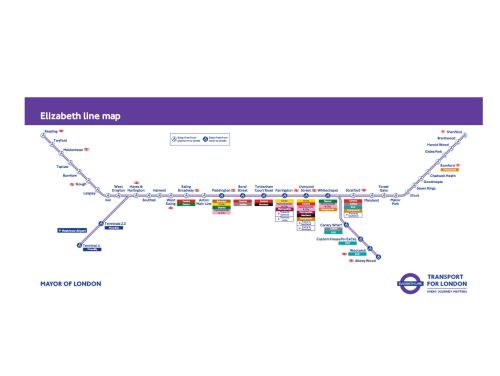25 June 2024
Water neutrality – development obstacle or opportunity?
Commercial, Development, ESG & Sustainability, SHW News
Kreston Reeve’s Des Sudworth - Accounts and Outsourcing Director – was recently joined by Tarniah Thompson, Head of Facilities Management & Sustainability at SHW and Peter Rainier, DMH Stallard Planning to discuss issues affecting developers. Read on here…

Nutrient neutrality continues to function as a brake on residential development across large parts of the country, yet largely unnoticed is the government’s desire to reduce water usage and achieve water neutrality.
It will have a considerable impact on development, with the experiences in Sussex an indication of what developers, landowners, asset managers and local authorities can expect.
It is increasingly recognised that the water we use is a precious asset that needs protecting. Despite the UK’s often wet days, much of the country is water-stressed with very real concerns that there is not enough water available to meet future needs.
As the planet continues to warm, water consumption will increase, with the Environment Agency concluding that an additional 3,435 million litres of water will be needed every day to meet public consumption by 2050.
In September 2021, Natural England issued a Position Statement for planning applications within the Sussex North Water Supply Zone (SNWSZ), meaning all development in the Arun Valley must achieve water neutrality. The experiences of development overseen by the Local Planning Authorities within SNWSZ – Horsham Crawley and parts of Chichester and the South Downs National Park are being closely watched across the country.
The local authorities have employed water neutrality officers to understand and deliver on this policy through the planning process.
Impact of water neutrality
Residential developers are entrepreneurial and whilst challenges remain, opportunities are also arising. Sites and buildings with high water usage – restaurants, hotels and pubs for example – are providing opportunity for redevelopment, albeit on a relatively small scale. A developer can easily demonstrate that a pub converted into three or four homes with water-saving measures adopted can achieve water neutrality.
But these small developments will do little to alleviate housing need. Challenges remain for developers and landowners wishing to bring forward larger schemes.
How can a developer achieve water neutrality on a site with no or minimal water usage?
The first step is to understand the water usage of the proposed development. Applicants will need to demonstrate that significant water-saving measures can be made, meaning reducing household water use from a typical 110 litres per person per day to just 70 or 80. That alone will not achieve the strict water neutrality requirements.
Landowners with independent water sources, such as underground aquifers, are being approached for both water extraction and development. This represents a significant opportunity for those fortunate enough to hold what is an increasingly valuable asset.
Collaboration
Larger developers are exploring potential collaborations with property asset owners with high water usage – social housing schemes, schools, healthcare providers and industrial asset managers.
Here, developers can measure water usage and fund water-saving measures to release ‘water credits’ that can be used to offset development. Like the biodiversity net gain regime, those water-saving obligations require a 30-year commitment.
So far, asset owners, perhaps understandably, are nervous. Questions remain over the impact a 30-year restriction on water usage might have for a school that might need to expand or on future sale values of, for example, an industrial park with water restrictions. The Local Authority instigated water credit scheme in West Sussex is unlikely to be operational until late 2024.
To date, the easiest way for residential developers has been to partner with social housing providers with water-saving measures implemented across the scheme in return for a social housing allocation, effectively bypassing the need for water credits.
Water neutrality adds yet a further challenge for developers and when eventually extended across the country will reflect in housing delivery as we have seen with the nutrient neutrality regulations. But it too brings opportunity for high water usage to create and sell water credits. Water is a valuable resource and can be sold.
Politics surrounding water neutrality
Water neutrality will shine once again a political light on housing delivery. It stresses the need for additional reservoir capacity, but even with a fully functioning planning regime that remains decades away.
There is a fear that given the febrile nature of politics today, the challenging decisions needed by political leaders will be deferred. Landowners, developers, local planning authorities and, ultimately, homebuyers will be on the front line of water use.




